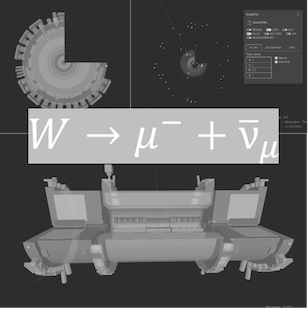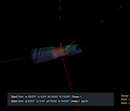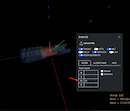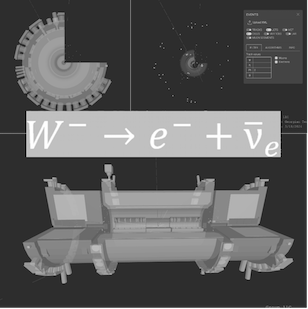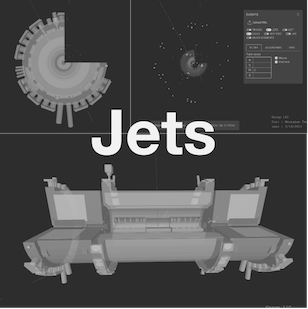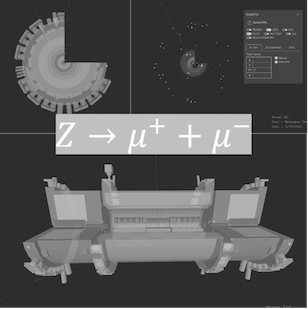Identifying Events with Tracer
Here, you'll learn how the events mentioned before look in Tracer 3D Display.
You will get to use your knowledge about identifying elementary particles.
You'll learn to choose events with a W particle as signal events and to distinguish them from the background events. Again, you'll find explanations about this in the form of a picture gallery.
procesos de Señal
-
 In the end view you can see the signature of an electron with high transverse momentum and a neutrino (Missing ET = 27 GeV) going in the opposite direction.
In the end view you can see the signature of an electron with high transverse momentum and a neutrino (Missing ET = 27 GeV) going in the opposite direction.
-
 La información de la traza del leptón nos indica que es realmente un electrón (pon atención al signo negativo)
La información de la traza del leptón nos indica que es realmente un electrón (pon atención al signo negativo)
Procesos de ruido
-
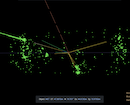 Este suceso se distingue de los sucesos de señal por dos motivos: 1. puedes ver manojos de partículas, y 2. el valor del momento transverso faltante es demasiado pequeño como para que neutrino(s) se hayan producido
Este suceso se distingue de los sucesos de señal por dos motivos: 1. puedes ver manojos de partículas, y 2. el valor del momento transverso faltante es demasiado pequeño como para que neutrino(s) se hayan producido
-
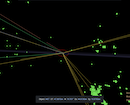 This picture shows an even more enlarged view of the event.
You can see very well how the bundles of particles originate from the interaction vertex (red).
This picture shows an even more enlarged view of the event.
You can see very well how the bundles of particles originate from the interaction vertex (red).
-
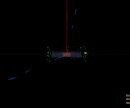 Este visualizador de sucesos muestra la desintegración de una partícula Z, que es la partícula neutra mensajera de la fuerza débil. El Z decae inmediatamente tras su creaciónen un muón y un antimuón.
Este visualizador de sucesos muestra la desintegración de una partícula Z, que es la partícula neutra mensajera de la fuerza débil. El Z decae inmediatamente tras su creaciónen un muón y un antimuón.
-
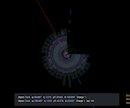 As you can see from this view into the direction of the proton beam muon and anti-muon going back to back.
Both particles might arise from one particle that decayed after its creation.
Cross-checks are always better in order to proof the assumption that a Z particle was produced.
Both muons have distinct electric charges.
As you can see from this view into the direction of the proton beam muon and anti-muon going back to back.
Both particles might arise from one particle that decayed after its creation.
Cross-checks are always better in order to proof the assumption that a Z particle was produced.
Both muons have distinct electric charges.
-
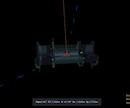 Furthermore there is no missing transverse momentum at all, meaning: A neutrino was probably not produced.
Furthermore there is no missing transverse momentum at all, meaning: A neutrino was probably not produced.
